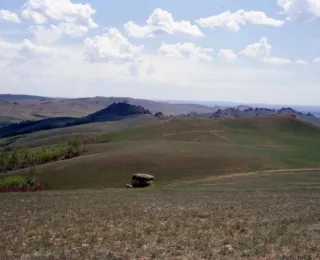UNESCO Natural World Heritage
Implementing the World Heritage Convention in Germany
In implementation of the World Heritage Convention concerning natural heritage, BfN advises BMUKN and assists the German states in identifying areas and preparing nominations for inclusion in the UNESCO World Heritage list. Various R&D projects are conducted as part of this work
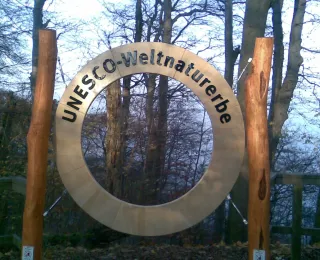
UNESCO Natural World Heritage Beech Forests
In 2011, five German beech forests were designated as part of a transnational series of Natural World Heritage sites.
The series now comprises 18 countries and some 94 component parts stretching from Spain to Ukraine. BfN provides specialist assistance to these Natural World Heritage sites.
Grünes Band (Green Belt) feasibility study
Does the Green Belt – the historical cultural and natural landscape along the former inner-German border – have what it takes for nomination as a World Heritage Site?
This was the focus of an R&D project that used various scenarios to explore the challenges and opportunities of a potential nomination.
Natural World Heritage and ecosystem services
In the face of growing pressures surrounding use of UNESCOWorld Heritage sites, evaluating the ecosystem services and benefits of Natural World Heritage sites and communicating these to local populations play an important role.
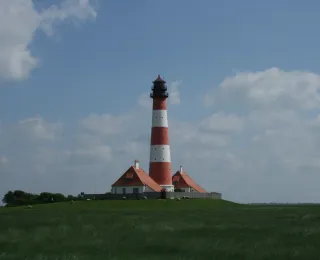
Transnational expansion of the Hyrcanian Forests World Heritage Site
The project to support Azerbaijan and Iran in the transboundary extension of the Hyrcanian Forests World Heritage Site is financed using funding from the advisory assistance programme run by the Federal Ministry for the Environment, Climate Action, Nature Conservation and Nuclear Safety (BMUKN), and overseen by the Federal Agency for Nature Conservation (BfN).
Following the successful nomination in July 2019 of the Hyrcanian Forests in Iran as a serial World Heritage Site, the aim of the follow-on project is to achieve a joint extension that also includes an area in Azerbaijan and thereby integrates the remaining sections of these ancient forests. As part of the project, Azerbaijan receives technical support in preparing its nomination dossier. Iran also receives advice in implementing the requirements set out by the World Heritage Committee in its decision 43COM 8B.4.
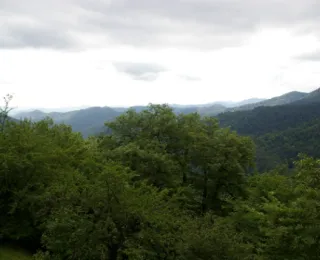
Feasibility study for nominating Georgia’s Colchis forests and wetlands as a UNESCO natural World Heritage site
The Colchis forests are part of the Caucasus in Western Georgia. They comprise wetlands and ecosystems with unique biodiversity. The aim of the project to nominate the forests as a UNESCO Natural World Heritage Site was to protect them by heightening international awareness. A feasibility study explored the suitability of the forests as a Natural World Heritage Site.
Based on the outcome of the study, local stakeholders were assisted in preparing a nomination proposal and developing a transboundary management plan. The nomination proposal was submitted to UNESCO in January 2019. In 2021, the World Heritage Committee decided to add the site to the World Heritage List.
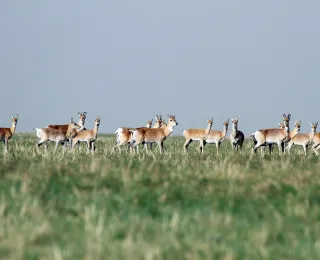
The Landscapes of Dauria – Nomination as a UNESCO Natural World Heritage Site
A feasibility study assessed the suitability of the Landscapes of Dauria (Russian Federation/Mongolia) for nomination as a Natural World Heritage Site. On the basis of the results, local stakeholders were supported in developing a nomination dossier.
The shared World Heritage Site was designated by the UNESCO World Heritage Committee as the Landscapes of Dauria in 2017. It comprises both steppes and important wetlands. The designation recognises long-standing transboundary cooperation and provides an important protected area for migrating birds and Mongolian antelopes along their respective migratory routes.
